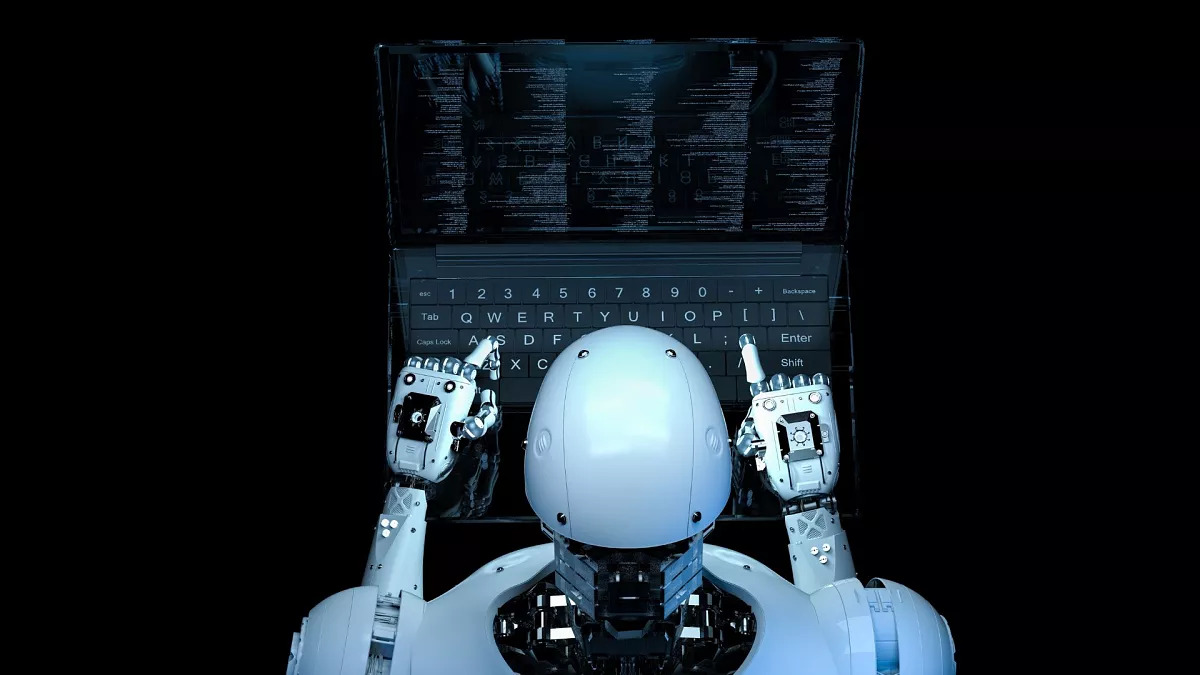
The New Era of Storytelling
Technology has always influenced how stories are told, from the printing press to film and digital media. Now, how AI is changing storytelling and how writers can adapt is becoming a central conversation in creative industries, as artificial intelligence reshapes storytelling in ways that were once unimaginable. Writers, filmmakers, and content creators are finding new ways to integrate AI into their creative process, whether for idea generation, character development, or even drafting entire narratives. AI-driven tools are making storytelling faster, more accessible, and highly interactive.
As AI becomes a greater part of creative industries, some writers worry about losing the human element in storytelling. While automation can generate plots and dialogue, it lacks emotional depth, cultural nuance, and the ability to truly connect with audiences. Writers who embrace AI as a tool rather than a replacement can use it to enhance their creativity while maintaining authenticity in their work.
This article explores how AI is changing storytelling and what it means for writers. It covers the role of AI in creative writing, its limitations, and practical ways writers can adapt to stay ahead. By understanding these changes, writers can harness AI’s potential without compromising their artistic vision.
AI as a Creative Assistant
Many writers now use AI-powered tools to streamline their creative process, and understanding how AI is changing storytelling and how writers can adapt is becoming essential. Software applications can suggest plot twists, analyze character arcs, and even recommend stylistic improvements. These tools don’t replace human intuition, but they provide a way to overcome writer’s block and refine narratives more efficiently.
AI-generated content is particularly useful for brainstorming. Writers can input a prompt and receive multiple story ideas or character profiles, sparking inspiration that may not have surfaced otherwise. Some programs also analyze writing patterns, helping authors identify repetitive phrases or areas where pacing can be improved.
While AI can speed up certain aspects of storytelling, human creativity remains the driving force. Machines can generate text, but they don’t understand the emotional weight behind a story. Writers who use AI as a creative partner rather than a substitute can maintain control over their work while benefiting from automation.
The Impact of AI on Character Development
Strong characters are at the heart of every compelling story, and AI is playing a growing role in shaping them. Writers can now use machine learning tools to build detailed character profiles based on existing archetypes, psychological models, or historical data. This helps ensure consistency in personality traits, motivations, and interactions.
Dialogue generation is another area where AI assists. By analyzing speech patterns and linguistic styles, AI can help craft conversations that feel natural and engaging. This is particularly useful for screenwriters, game developers, and authors working on large-scale projects with multiple characters.
However, AI struggles with deep emotional complexity. While it can mimic human speech, it doesn’t understand context the way a writer does. Writers still need to inject nuance, subtext, and personal experiences into their characters to make them feel real.
AI in Plot Structuring and Story Arcs
Creating a well-paced story is challenging, but AI tools can help structure narratives more effectively. Some platforms analyze successful storytelling patterns and provide recommendations based on established frameworks like the three-act structure or the hero’s journey.
Writers can use AI to map out key plot points, ensuring a strong beginning, middle, and end. These tools can also highlight areas where a story might feel rushed or drag, allowing for better pacing adjustments. In serialized storytelling, AI can help maintain continuity across multiple chapters or episodes.
Despite these advantages, plot structuring remains a deeply human task. Writers bring life experience, cultural understanding, and emotional depth to storytelling—qualities that AI cannot replicate. While automation can assist in shaping a narrative, the final decisions must come from the writer.
Ethical Questions Around AI in Writing
As AI-generated content becomes more common, ethical concerns are emerging. Who owns AI-generated work? Can an AI-written story be considered truly original? These questions are becoming more relevant as publishers and content creators experiment with AI-assisted writing.
Some fear that AI will lead to a flood of generic content, diluting originality in storytelling. However, the key lies in how AI is used. When treated as a tool rather than a replacement, AI can enhance creativity rather than stifle it. Writers who blend AI’s efficiency with their own unique voice can create fresh, compelling stories.
Transparency is also a growing concern. If AI plays a role in writing a novel or screenplay, should readers or viewers be informed? Establishing ethical guidelines around AI’s role in storytelling will be crucial as the technology continues to evolve.
How Writers Can Adapt to AI-Driven Storytelling
Instead of resisting AI, writers can learn to integrate it into their creative process. Experimenting with AI tools can help writers understand their strengths and limitations, allowing them to use technology without losing their unique style.
Collaboration with AI can be especially useful for research. AI-powered search tools can summarize information, generate historical context, or provide industry-specific terminology, saving writers time on background work. By using AI for research while handling storytelling elements manually, writers can strike a balance between efficiency and authenticity.
Professional development is another way to adapt. As AI continues to shape the creative industry, writers who stay informed about its capabilities will be better positioned to navigate the changes. Learning how to work alongside AI rather than against it ensures that human storytelling remains relevant.
The Future of Storytelling with AI
AI is opening new possibilities for storytelling, from interactive narratives to AI-generated scripts. Some companies are developing AI-driven chatbots that allow audiences to engage with stories dynamically, shaping outcomes based on user choices. This shift towards interactive storytelling creates opportunities for writers to explore new formats.
Despite these advancements, the human touch remains irreplaceable. AI can analyze patterns and generate text, but it lacks the lived experiences that make stories deeply relatable. Writers who continue to bring authenticity, emotion, and unique perspectives to their work will always be needed.
The future of storytelling will likely involve a hybrid approach, where AI assists but does not dominate. Writers who embrace this shift and learn to use AI as a complement to their craft will be well-prepared for the evolving creative landscape.
Why Writers Will Always Matter
Technology evolves, but storytelling remains a deeply human art form. While AI can speed up certain aspects of writing, it cannot replicate the emotional depth, cultural awareness, or personal insights that human writers bring to their work.
Rather than viewing AI as a threat, writers can see it as an opportunity. Understanding how AI is changing storytelling and how writers can adapt will allow them to embrace new tools while maintaining their creative integrity. The heart of storytelling isn’t just in the words—it’s in the connection between the writer and the audience, something no algorithm can replace.

